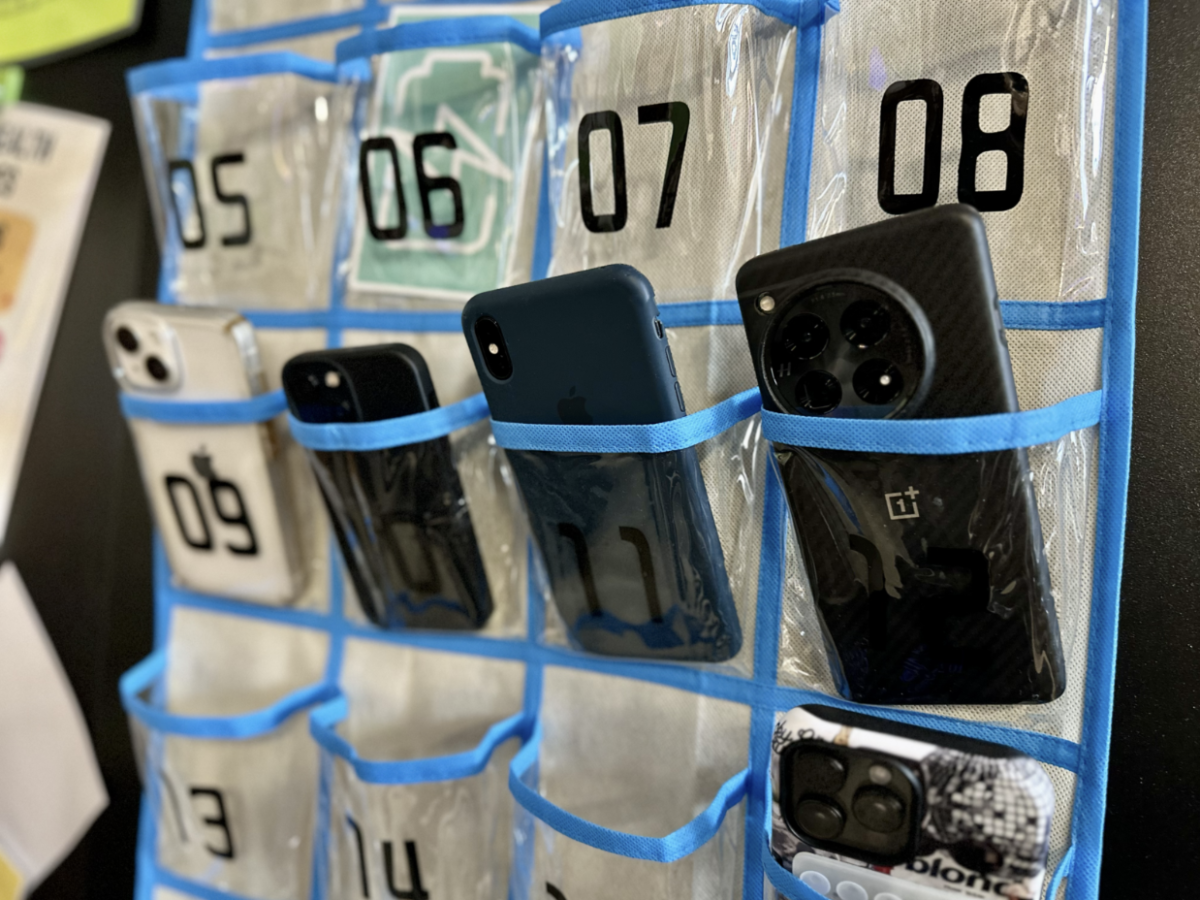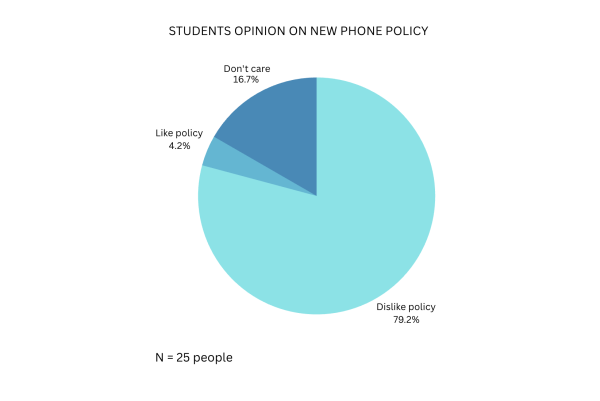On July 1, 2025, a new law changed how Florida students can use their phones during school hours. Florida’s public schools now follow a statewide policy that bans phone use under the new legislation. The goal is to limit distractions and improve students’ focus in the classroom.
To strengthen the law, Floridian governor Ron DeSantis created an extension of the previous law that bans cell phones during instructional time. Consequently, elementary and middle school students are not allowed to use any personal wireless devices for the entire school day. The policy for highschoolers is different, but the ban on phone use during instructional time still stands.
Supporters of the new law, mainly parents and educators, point to evidence showing strong public favor. According to Pew Research Center, 74% of U.S. adults say they support banning phones from school. Many also say banning cellphones during the school day would positively impact students’ social skills, grades, and behavior in class.
To implement the policy, schools throughout the state are using different strategies to follow the new legislation. Some high schools require students to place their phones in pouches or lockers at the beginning of the school day and retrieve them only at the end of the day, whereas other schools depend on the teachers to collect them at the beginning of each class period.
The policy aims to improve students’ social skills and interactions by reducing phone use. The argument is that without the constant presence of a screen, students engage with their peers during lunch and passing periods.
Ivy Ni (10) states, “It’s my phone but their rules. I feel like there’s so many more issues the state and school system can focus on other than phones. The ban doesn’t fix so many more issues I have that can be fixed if somebody did something.”
The specific rules and guidelines vary depending on the school, but they can affect different students and their learning.
“I personally don’t like the new phone rules because it causes more of a distraction as some of the teachers focus more on taking our phones and catching people than actually teaching us,” Lilly Hassian (10) says.
This highlights the challenge of the new policy: execution. Students like Hassian feel that the enforcement itself is becoming a greater distraction than the phones ever were.
The policy has created a variety of opinions from students and educators, sparking a debate among the school districts on whether they impact students’ routines and their ability to use phones for communication during non-instructional time.
Palmer Bahlow (11) says, “The biggest positive impact I think was getting more work done in class. The biggest negative impact was that I have used it for many of my classes and all my friends use it to meet up for lunch and other things.”
The ability for parents to contact their child is a safety measure that some parents deem important. School officials have reassured families that protocols are in place for parents who need to reach their child during the day.
As the school year progresses, the effects of Florida’s new statewide phone policy aim to limit distractions and improve focus during school hours. As schools use different approaches to enforce rules, the impact of the policy remains an ongoing debate.


